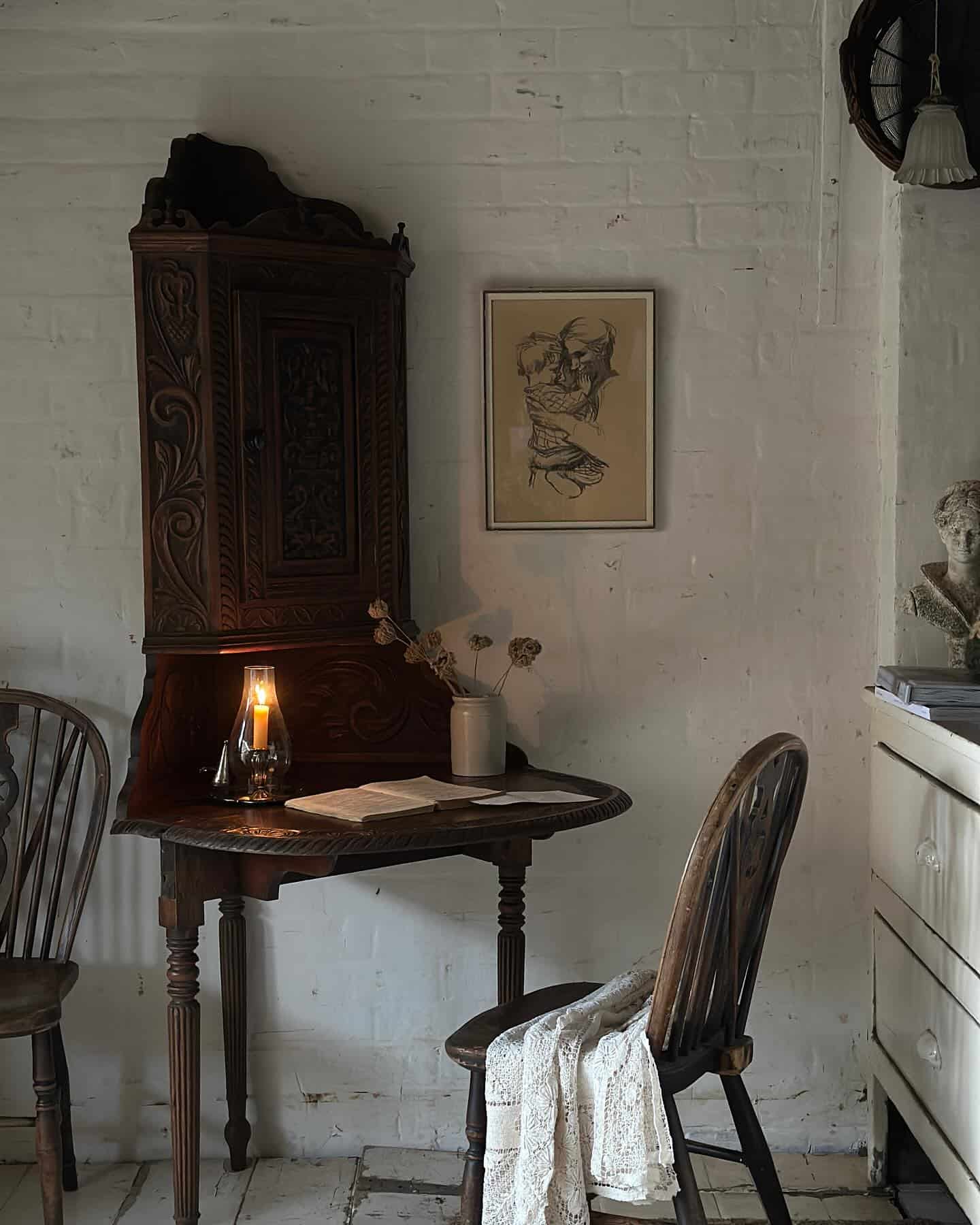Antique furniture and decor pieces are often cherished for their history and craftsmanship. Whether to paint or not is a question that divides enthusiasts.
Some argue that painting can breathe new life into old pieces, while others believe it diminishes their authenticity.
Here are 10 facts to consider when deciding whether to paint your antiques, each offering a unique perspective on this timeless debate.
1. Cultural Significance
Some antiques hold cultural significance, representing traditional craftsmanship and heritage. Painting such pieces can lead to a loss of cultural identity.
However, reimagining them with paint might breathe new life into traditions, making them accessible to a broader audience.
This dual role of preservation and innovation can be contentious.
Cultural sensitivity is crucial, as painting might inadvertently erase important cultural markers that tell a community’s story.
2. Artistic Expression
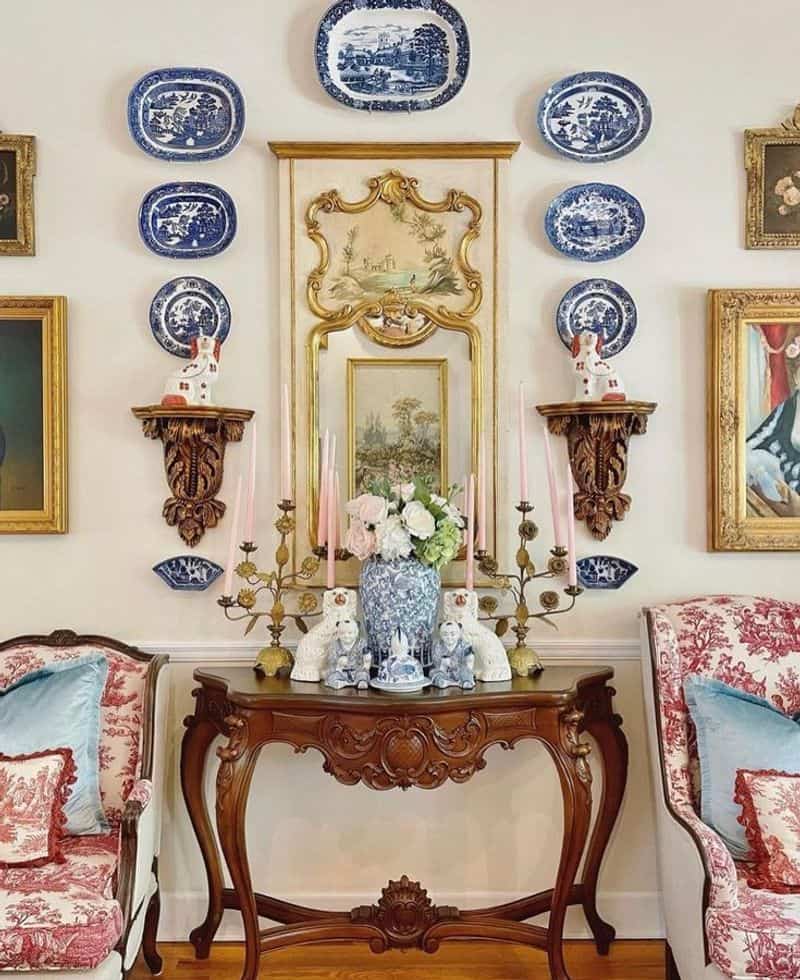
For many, painting antiques is a form of artistic expression. It allows for experimentation with colors and textures, turning a piece into a work of art.
This approach is particularly appealing to those with a creative streak, who view antiques as blank canvases.
It encourages innovation and personal storytelling through design.
However, critics argue that such expression can overshadow the original craftsmanship, leading to a contentious balance between art and authenticity.
3. Market Value
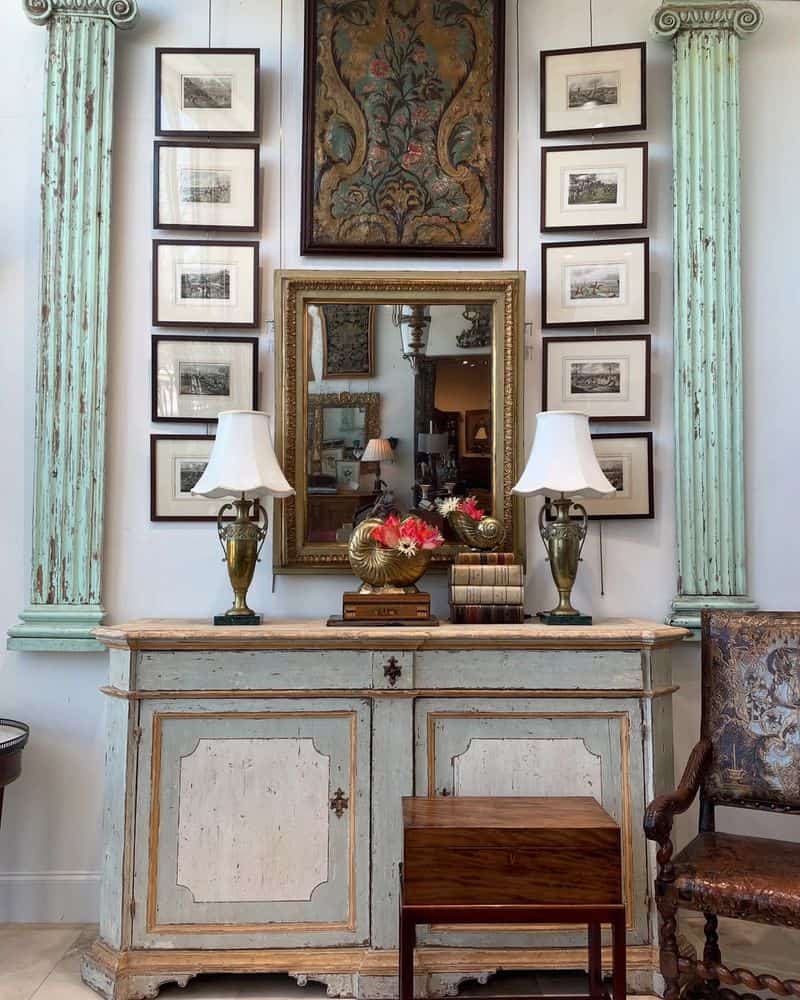
The market value of antiques can significantly change when they are painted. Original finishes often fetch higher prices at auctions, as they are seen as more authentic.
Some buyers specifically seek restored pieces, appreciating the craftsmanship behind a painted finish.
However, others may view painting as diminishing the piece’s true value.
Before painting, consider whether enhancing market value or personal enjoyment is your priority, as this decision can impact potential resale value.
4. Trend Influence
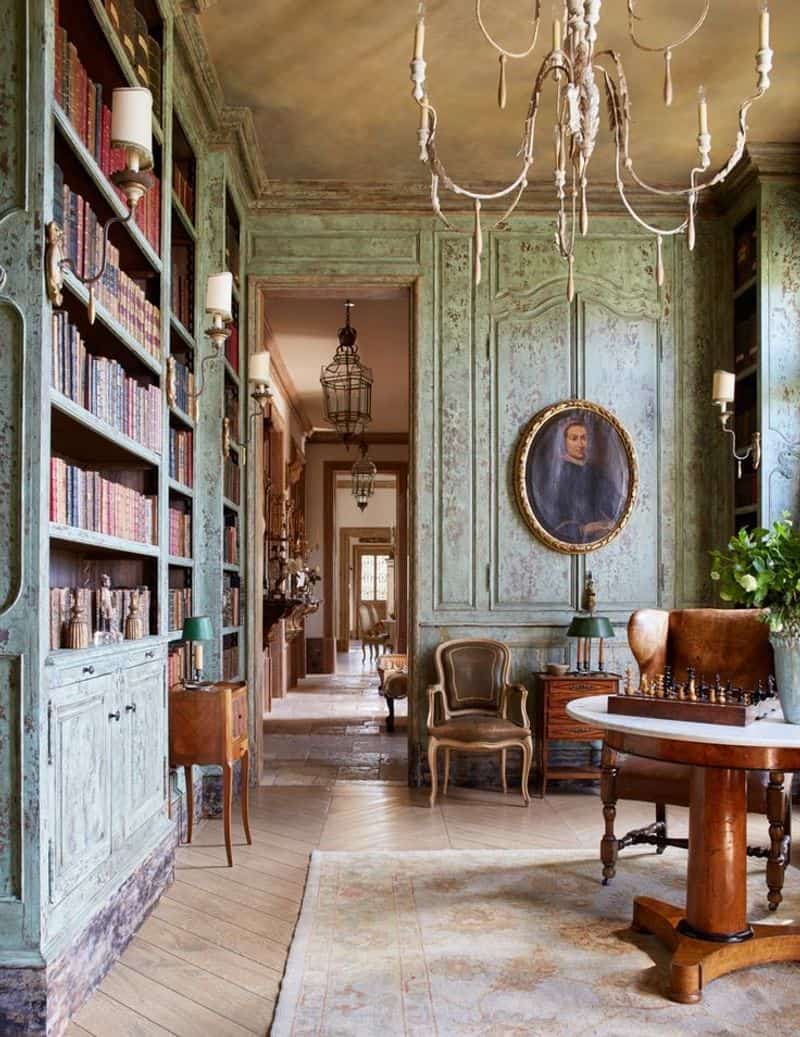
Trends in interior design can heavily influence the decision to paint antiques. Painted furniture often aligns with current trends, offering a fresh look.
However, trends are transient, and today’s fashionable painted piece might feel outdated tomorrow.
Original finishes, in contrast, tend to withstand such shifts, retaining timeless appeal.
When considering painting, it’s wise to reflect on long-term style preferences, balancing between current trends and enduring classics.
5. Preservation vs. Restoration

Preservation involves maintaining the original condition of antiques, while restoration might include painting to restore a piece’s former glory.
Painting can protect wood from further decay and damage.
This is particularly useful in pieces that have suffered significant wear and tear. Restoration through painting can extend an antique’s life.
However, some purists argue that preservation of original finishes is paramount, and any alteration through painting diminishes authenticity.
6. Environmental Impact

Choosing to paint antiques brings environmental considerations. Traditional paints can release harmful VOCs, impacting indoor air quality.
Eco-friendly paints offer a less toxic alternative, aligning with sustainable practices.
These paints reduce environmental impact while allowing for personalization of antiques.
For those concerned about environmental footprint, researching eco-friendly options can be a responsible way to enjoy painting without compromising on sustainability principles.
7. Personal Connection
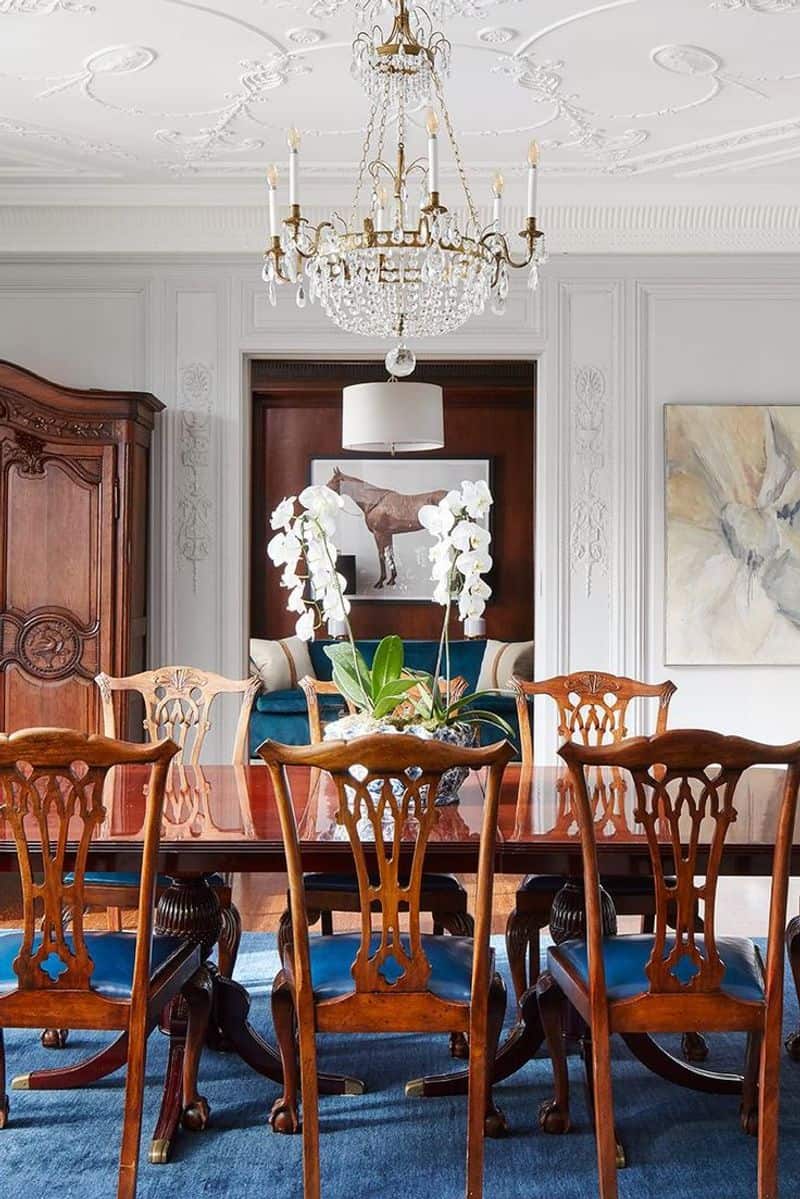
Painting antiques can forge a deeper personal connection to the piece, transforming it into a unique reflection of individual style.
This process of personalization enhances sentimental value, making the piece more meaningful to its owner.
It provides an opportunity to blend history with personal flair.
While this may decrease the piece’s historical integrity, the emotional value gained from a personalized piece often outweighs the loss for many individuals.
8. Family Heirlooms
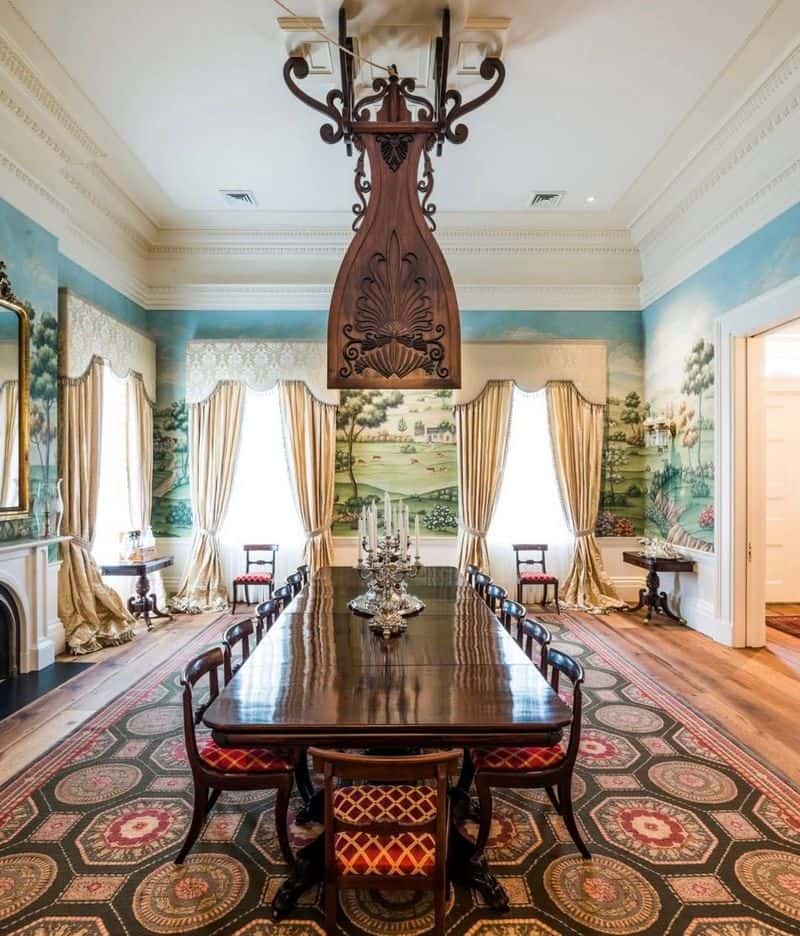
Family heirlooms hold sentimental value beyond monetary worth. Painting them can either be seen as a way to honor family traditions or as a loss of heritage.
For some, adding a modern touch to heirlooms keeps them relevant and cherished by future generations.
Others might believe that changes dishonor the original owner’s memory.
Differing perspectives within families can lead to debates on preserving tradition versus embracing change, making painting decisions complex.
9. Historical Value
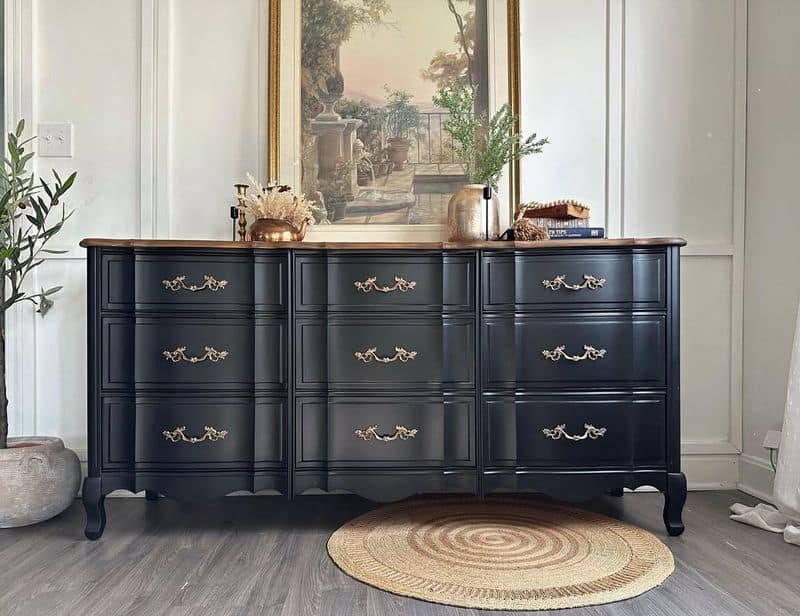
Antiques are valued for their historical significance. Painting them may erase traces of the past, such as original finishes or marks that tell a story.
These imperfections add to their charm and historical value.
Some collectors seek pieces with original finishes, as they serve as tangible links to history.
However, painting can sometimes highlight intricate carvings or details that were previously unnoticed.
The decision to paint should weigh the importance of preserving history versus enhancing aesthetic appeal.
10. Aesthetic Appeal
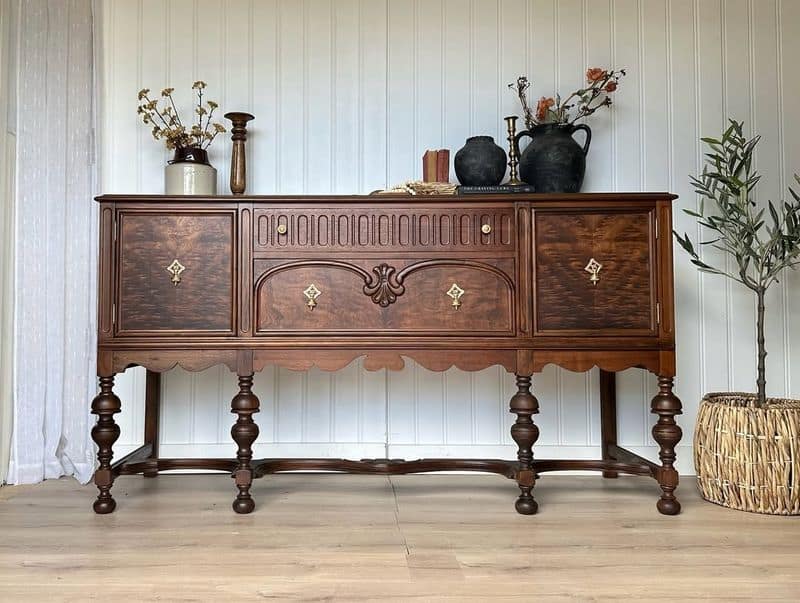
Painting antiques can transform them, aligning them with contemporary design trends.
A fresh coat of paint can give an outdated piece a modern twist, making it fit seamlessly into modern decor.
This approach appeals to those who view furniture as a canvas for personal expression. Bold colors and creative designs can inject personality and life into old pieces.
However, this transformation may lead to a loss of original character, sparking debate on whether aesthetic appeal should trump authenticity.


